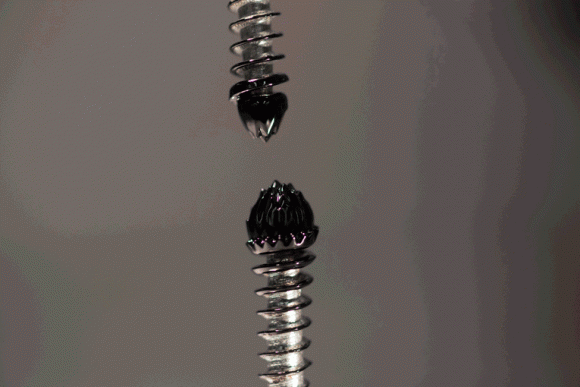Michigan Technical University Working On FerroFluid Microthrusters
An increasingly large share of the satellite market is being taken up by what are referred to as “small satellites.” These are defined as weighing less than one thousand one hundred pounds. It is estimated that between 2015 and 2019, over five hundred small satellites will have been launched into low Earth orbit. The value of this fleet of satellites will be about seven and a half billion dollars.
One major problem that is being worked on with respect to small satellites is the problem of maneuvering them while they are in orbit. The propulsion systems for such maneuvering are referred to as microthrusters. Many of these small satellites are launched in a batch and then released into different orbits. The problem posed by this process is the fact that small satellites being launched in a batch are not allowed to carry any flammable materials including rocket fuel. A new type of microthrusters is being developed at the Ion Space Propulsion Laboratory at the Michigan Technical University (MTU).
The MTU researchers are working with ferrofluids. A ferrofluid is a liquid that becomes strongly magnetized in a magnetic field. Then the application of a strong electrical field can cause ions to spray off of peaks in the ferrofluid which could propel a small satellite. Their work was inspired by earlier research at the University of Sydney in Australia.
Professor Lyon B. King, the Ron & Elaine Starr Professor in Space Systems at MTU, has been researching the physics of ferrofluids for many years, has been supported by the Air Force Office of Scientific Research (AFOSR). He (says, “We’re working with a unique material called an ionic liquid ferrofluid. When we put a magnet underneath a small pool of the ferrofluid, it turns into a beautiful hedgehog structure of aligned peaks. When we apply a strong electric field to that array of peaks, each one emits an individual micro-jet of ions.”
King’s team at MTU undertook a comprehensive experimental and computational study program on the dynamic properties of ferrofluid. They developed a computer model of the interaction between magnetic fields, electrical fields and surface tensions in ferrofluid. One researcher said, “We wanted to learn what led up to emission instability in one single peak of the ferrofluid microthrusters. We learned that the magnetic field has a large effect in preconditioning the fluid electric stress.”
The MTU team developed a model for an electrospray ionic liquid ferrofluid thruster. Previous electrospray thrusters utilized microscopic needles through which passed tiny jets of fluid. The new design for ferrofluid thrusters does away with the need for the microneedles which are fragile and expensive to manufacture. The ferrofluid microthrusters create their own ion ejecting peaks when they are hit with a powerful magnetic field.
The AFOSR were impressed with the model developed by the MTU researchers and have provided another grant for them to work on developing ferrofluid microthrusters based on that model. Professor King said, “Often in the lab we’ll have one peak working and 99 others loafing. Brandon’s model will be a vital tool for the team going forward. If we are successful, our thruster will enable small inexpensive satellites with their own propulsion to be mass produced. That could improve remote sensing for better climate modeling, or provide better internet connectivity, which three billion people in the world still do not have.”
There is a great deal of work that remains to be done and it may take years to develop a working prototype for a ferrofluid microthruster. If and when they are developed, ferrofluid microthrusters will be put to work propelling the growing fleet of small satellites, cubesats and nanosats in low Earth orbit.
Ferrofluid forming peaks under the influence of magnetic fields:
